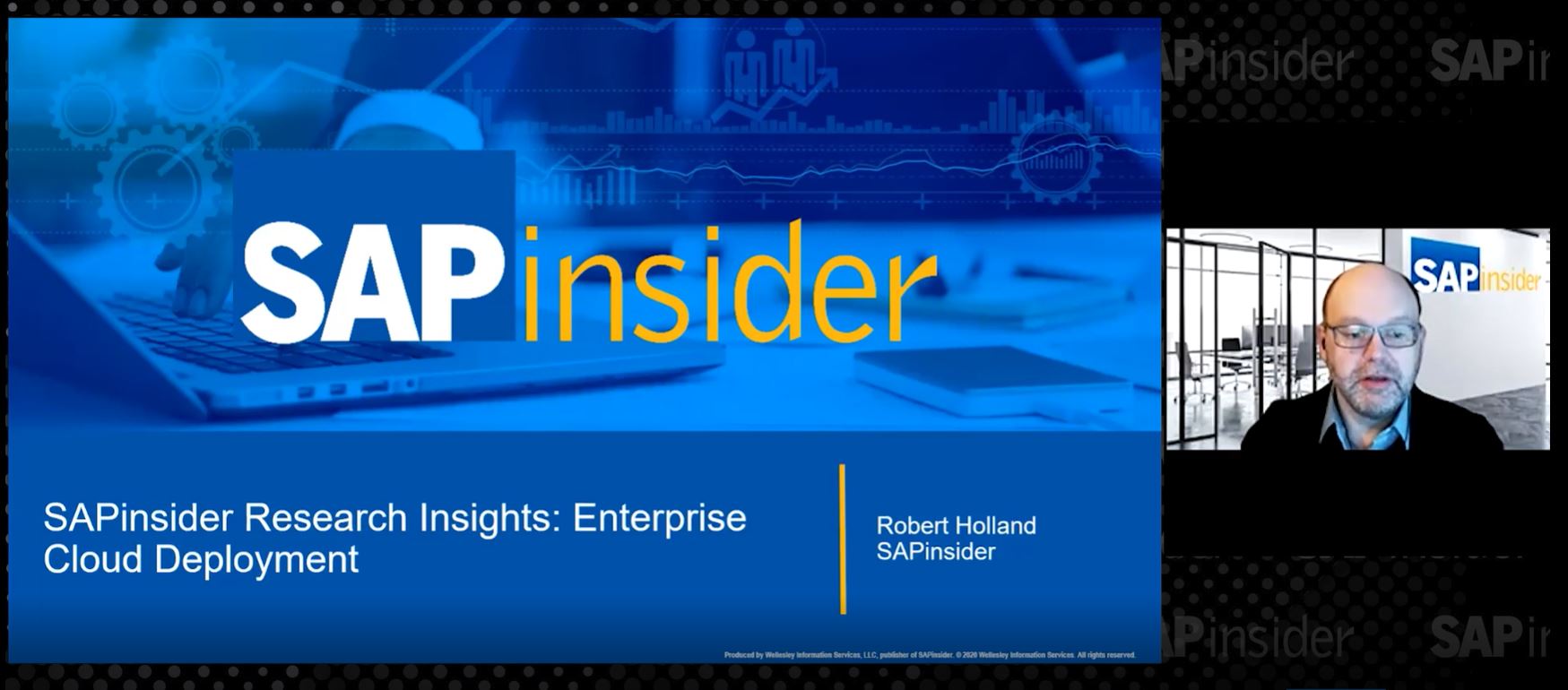Bridging the Gap: How a Hybrid Cloud Scenario Leverages the Agility of the Cloud and the Security of On Premise
Many chief technology officers (CTOs) have already embraced the idea of cloud technology in some aspect of their business. Cloud storage and cloud hosted applications, for example, have long been popular options for organizations. Despite the numerous benefits of cloud solutions, a complete transition can seem risky, and many companies are reluctant to take the leap and implement a cloud-only strategy. This is why many organizations are choosing to adopt the best of both worlds: a hybrid cloud approach that takes advantage of the benefits of cloud while keeping certain applications on premise.
Today, the question isn’t if hybrid cloud is a smart approach, but rather, what is the smartest way to implement a hybrid cloud strategy? Forward-looking CTOs recognize this shift and must now evaluate their organization’s cloud readiness and the best way to make the transition for their company.
Moving to a Hybrid Approach
The demand for a hybrid approach continues to grow within the enterprise — in fact, it is expected that hybrid cloud scenarios will be the most common usage of the cloud by 2020, according to Gartner. With a hybrid cloud approach, companies are able to add on cloud applications to update and innovate the existing system of record without disruption, which is critical considering that the system of record is the core of the business.
It is important to note that hybrid solutions work best when on-premise and cloud components are tightly integrated. The hybrid cloud approach is meant to complement — not substitute — on-premise solutions, extending what the business already has in place and eliminating the need to invest in new infrastructure components. With a hybrid cloud model, there is a secure, real-time link back to the on-premise system of record. This enables organizations to benefit from the agility and elasticity of the cloud by deploying new applications (or functions of existing applications, such as analytics or user experience) that still harness the trustworthiness of the core system of records without destabilizing it.
Today, the question isn’t if hybrid cloud is a smart approach, but rather, what is the smartest way to implement a hybrid cloud strategy?
Determining What to Move
During the evaluation process, CTOs must determine what data and business processes are good candidates for the cloud and which ones should remain on premise. Consider moving processes that are relatively self-contained to the cloud while keeping core systems of record on premise. The processes that can be successfully moved to the cloud typically include those that require interaction with external users (for example, vendors, customers, or partners) and that are involved in activities such as transaction status inquiry or verification of master data. Components of core business processes that enable internal users to track work or take actions at any time and from anywhere, such as approvals, are also good candidates for the cloud. These first steps can be the beginning of a broader adoption of a cloud approach for more mission-critical processes.
Remember: When deciding what to move, don’t try to take on too much change at once. To mitigate risks and deliver the most value, don’t just create a technology roadmap for moving to the cloud — create a process roadmap as well. This roadmap will help introduce cloud components into business processes gradually and only where it makes sense. For example, use cloud components such as vendor portals and approval apps to extend existing processes to other stakeholders.
Analyzing the Benefits and Risks
As with any business decision, it is important to analyze both the benefits and risks of moving to the cloud. Implementing a hybrid approach will improve existing processes by providing users with more flexible and user-friendly ways to access and process information. Additionally, with increased agility and scalability, it can unveil completely new capabilities that will transform the business and provide a competitive edge. With a hybrid approach, all the advantages of modern, cloud-based applications are available without sacrificing the robust functionality and integration available with on-premise systems. It’s a win-win situation. Cloud solutions are easier to deploy and administer than traditional on-premise solutions and are secure and available on various devices with very little set-up required.
With a hybrid approach, all the advantages of modern, cloud-based applications are available without sacrificing the robust functionality and integration available with on-premise systems.
After analyzing these benefits, it may seem like an easy decision to start making the move to the cloud. However, it’s equally important to evaluate potential risks. While it seems enticing to move all aspects of an application to the cloud, moving certain components to the cloud means surrendering control of key business data over to the solution — an action that many organizations may not be willing to take. Users are reluctant to adopt a hybrid cloud model because of both the fear that accompanies losing control of essential data and the reality that cloud systems can reside anywhere in the world. This adds another layer of complexity since the solution can introduce legal issues when records are kept locally but are available anywhere. Before moving to a hybrid cloud solution, an organization needs to know what and where the cloud is to ensure that all data is secure and easily accessible, and all potential jurisdictional problems are sorted out prior to implementation.
Exploring Available Cloud Solutions
After evaluating benefits and potential risks, explore the available solutions on the market today that can help mitigate risk and streamline the move to the cloud. SAP Cloud Platform is an example of a solution that allows the data to be controlled by and tightly integrated with the on-premise system of record while also enabling organizations to implement innovative, cloud-based applications. Using this platform, organizations can extend existing SAP applications and processes to the cloud so the business can increase its agility without sacrificing the value in the existing system of record. These cloud-based solutions can be quickly rolled out, resulting in lower project overhead and quicker time to innovation. With SAP Cloud Platform, all data (whether on-site or external) is controlled by the system of record — in SAP ECC, for example — which is still an on-premise system controlled by the company and the company’s IT staff or provider.
At Dolphin, we’ve been focused on developing applications on SAP Cloud Platform to extend complex financial, sales, and HR processes to the cloud. The Dolphin Advanced Approvals app, for example, is a cloud-based app that provides users with a simple and consistent user experience from desktop to mobile device. It tightly integrates with sophisticated accounts payable processes and workflows while being cost effective and easy to deploy. Available on SAP Cloud Platform, this modern and responsive app ensures that organizations can approve invoices and manage exceptions in days, not months, without breaking the budget or increasing support efforts.
Learn More
With hybrid cloud adoption on the rise over the next few years, it’s now a question of when — not if — the transition should begin. All data will likely be moved to the cloud eventually, but until then, the hybrid model brings organizations that much closer to future-proofing their business and putting innovation at the forefront. To learn more about hybrid cloud scenarios, visit www.dolphin-corp.com.









